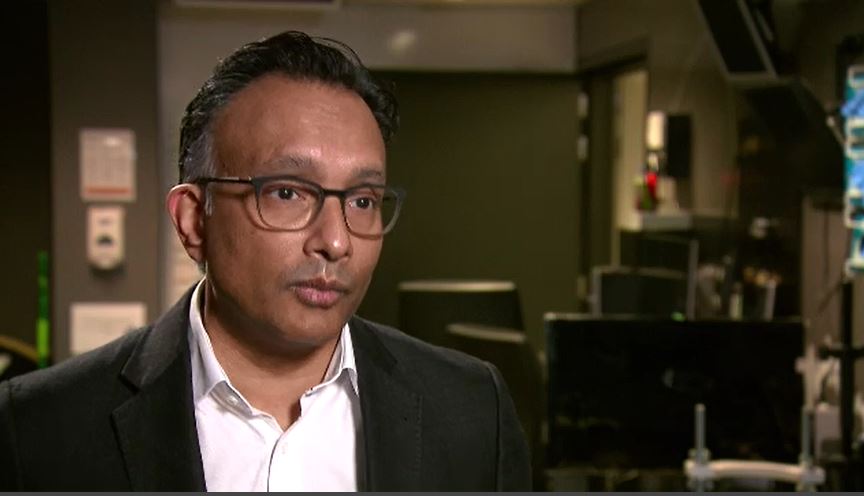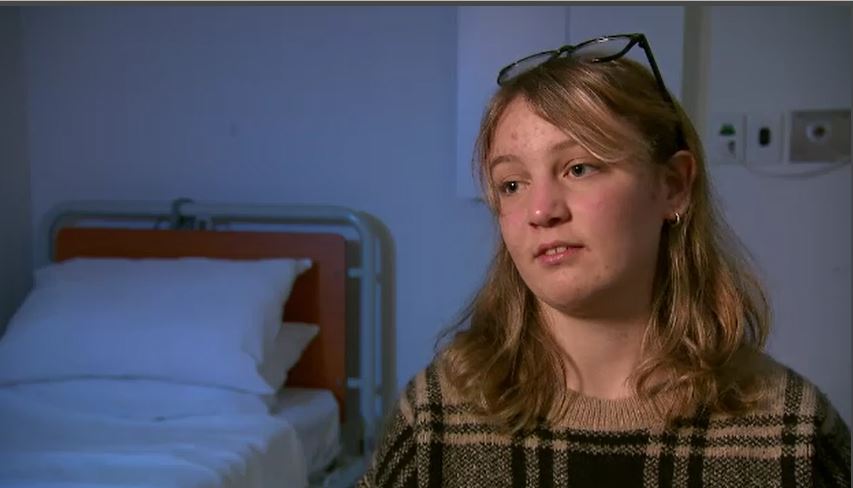The key to helping teenagers regulate their moods and perform better at school may all be down to their sleep.
Monash University researchers are running the largest, most intensive study into teens changing body clocks and the effect of light exposure, the results of which could inform changes like school start times.
Already 200 high school students are taking part in the study mostly monitoring their sleep at home and tracking activities through a sleep app diary.
READ MORE: Grandson charged with murder after woman found dead at Victorian home

The study run by the Turner Institute for Brain and Mental Health will follow them from their early teenage years through to year 12, including a yearly test inside a sleep lab tracking their melatonin levels.
It's hoped the findings will help parents and teenagers better navigate sleep patterns, looking at the effects of light on adolescent sleep, the use of devices and how to sleep can be used to improve mental health.
Turner Institute for Brain and Mental Health Monash University Professor Shantha Rajaratnam said poor sleep leads to poor mental health.
"The good thing about sleep health is it's a readily modifiable behavior, so we can intervene and we can improve sleep," he said.
Participants track their sleep at home and once a year come into a sleep lab to monitor their melatonin levels.
For Melbourne mother Sarah Velissaris having her daughter, Lia involved in the study was important.
READ MORE: Pepper sprayed man dies in police custody in Victoria

"I am not a morning person unless I get a lot of sleep but I don't usually get a lot of sleep," Lia said.
Velissaris said her daughter has previously struggled with sleep.
"She becomes more alert through the day, she's possibly doing her assignments at 8 or 9pm," she said.
"Having research that supports sleep and is sort of in-sync with their alertness and ability to engage their studies sort of makes sense."
Monash University researchers are hoping to study around 500 students over the next few years and are currently looking for students in year 8 to take part in the study.
